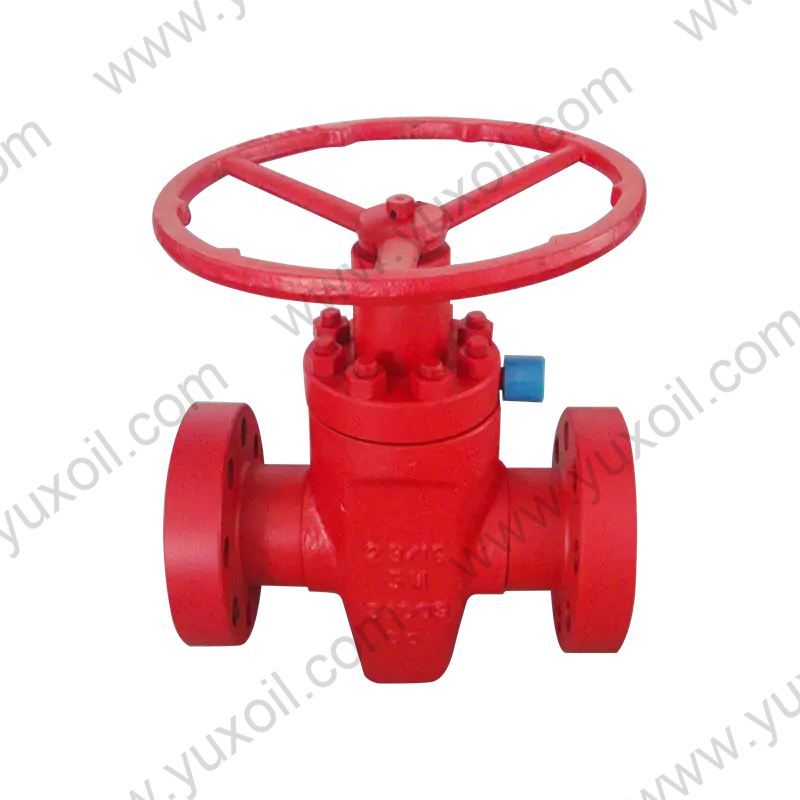-

+86-13961903990
 2025.10.06
2025.10.06
 Industry News
Industry News
In industrial piping systems, valves are essential devices for controlling fluid flow. Common valve types include the ball valve and the API 6A Gate Valve. In practical engineering applications, engineers and procurement personnel often face the dilemma: should they choose a ball valve for cost efficiency, or an API 6A gate valve for reliability?

The ball valve is a valve that controls fluid flow by rotating a spherical ball. The core component is a ball with a through-hole; when the ball rotates 90 degrees, the fluid passage is either opened or closed. Ball valves are compact in structure, with tight connections between the body and bonnet, providing good sealing performance and suitability for various media.
Ball valves offer several advantages:
Despite its advantages, the ball valve has some limitations:
The API 6A Gate Valve is designed according to API 6A standards, mainly used in oil wellheads and high-pressure piping systems. This type of valve is primarily used for fully open or fully closed operations to ensure safety and reliability in high-pressure systems.
The core component of an API 6A gate valve is the gate, which moves up and down to control fluid flow. Its key structural features include:
The advantages of API 6A Gate Valves include:
However, API 6A Gate Valves also have some drawbacks:
| Performance Indicator | Ball Valve | API 6A Gate Valve | Comparison Conclusion |
|---|---|---|---|
| Sealing | High | High | Comparable |
| Opening/Closing Speed | Fast | Slow | Ball Valve Advantage |
| Pressure Capacity | Medium-Low | High | API 6A Advantage |
| Flow Resistance | Slightly High | Low | API 6A Advantage |
| Temperature Tolerance | Moderate | High | API 6A Advantage |
As shown in the table, the ball valve excels in convenience and quick operation, while the API 6A Gate Valve performs better in pressure capacity, flow resistance, and high-temperature tolerance. Engineers should select valves based on the specific operating conditions of the system.
Ball valves have relatively low unit prices, simple manufacturing processes, and economical procurement and installation costs. Due to their simple structure, maintenance costs are also low, making them a cost-effective option for medium and low-pressure systems.
API 6A Gate Valves require higher-quality materials and manufacturing processes, as the body must withstand high pressure and temperature. Therefore, the unit cost is higher, and maintenance costs are also relatively high. However, their performance advantages in high-pressure applications justify the investment.
Overall, for small-diameter and low-pressure systems, ball valves are preferred. For high-pressure, high-temperature, or oil wellhead applications, API 6A Gate Valves are more suitable. Selection should balance budget and performance requirements.
Ball valves are mainly used in low-pressure piping, chemical processes, and systems requiring rapid open/close operations. Their compact structure is suitable for frequent operation, such as water treatment, heating pipelines, and low-pressure gas transport.
API 6A Gate Valves are widely used in oil wellheads, high-pressure pipelines, and deepwater platforms. They ensure sealing and safety in extreme conditions, making them indispensable in oil and gas engineering.
In practice, valve selection should consider pressure, temperature, fluid type, and operation frequency. Low-pressure, frequent operation systems are best suited for ball valves, while high-pressure, high-temperature, and oil and gas applications require API 6A Gate Valves.